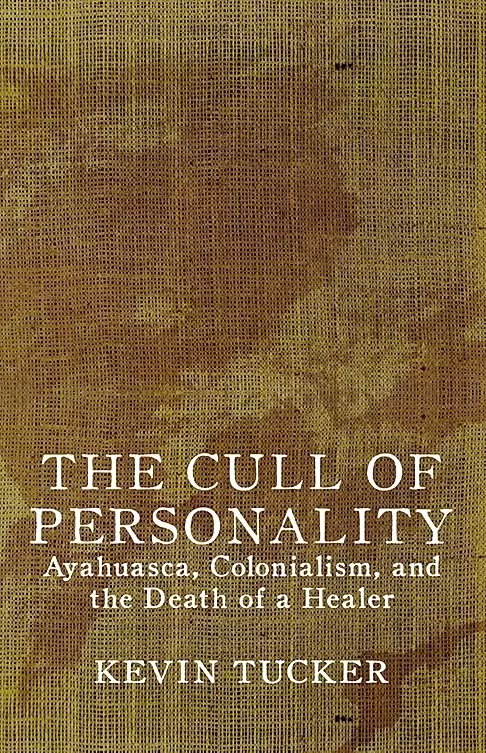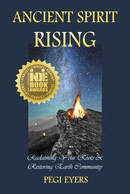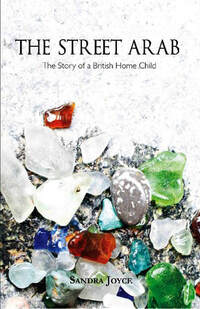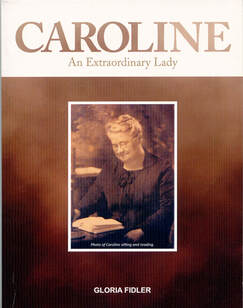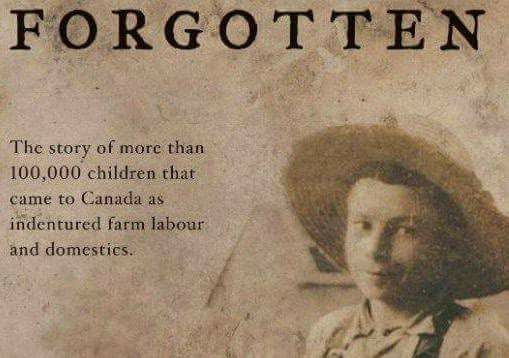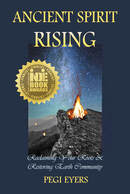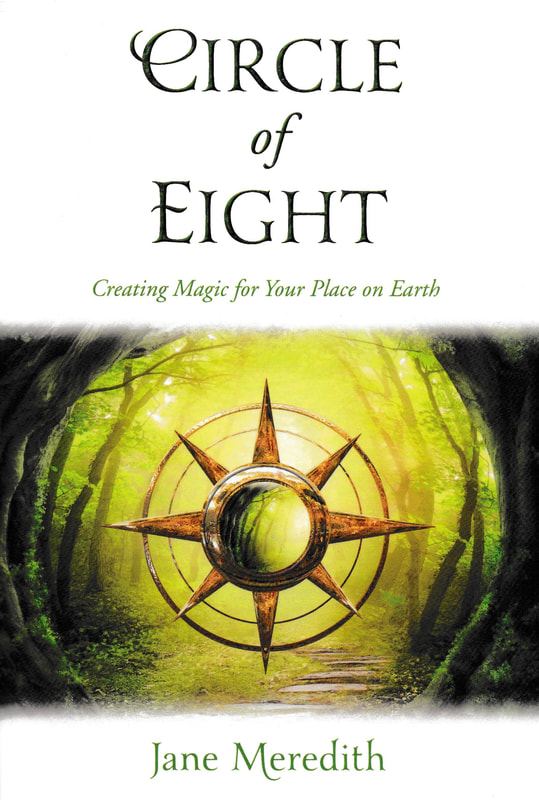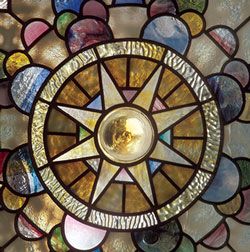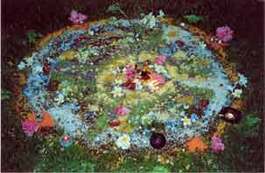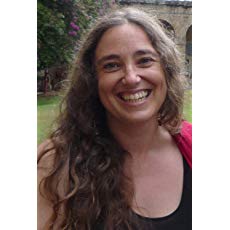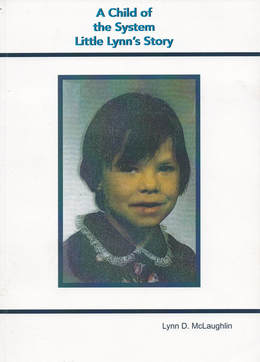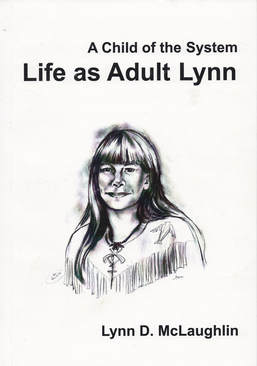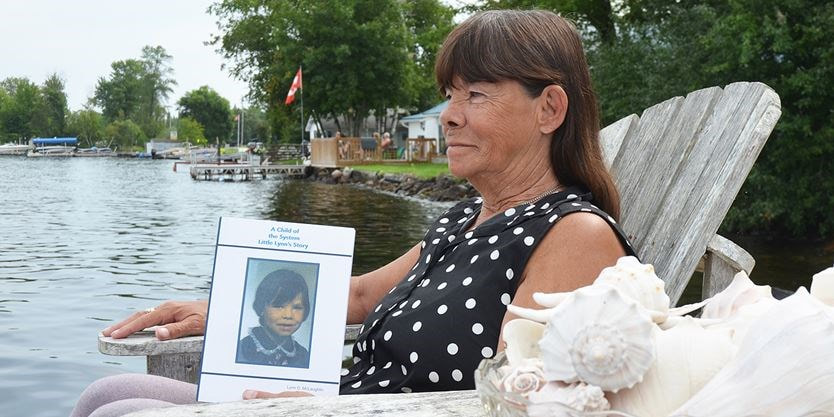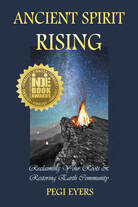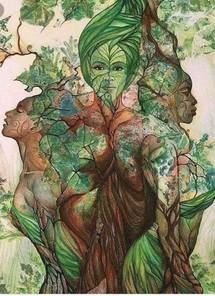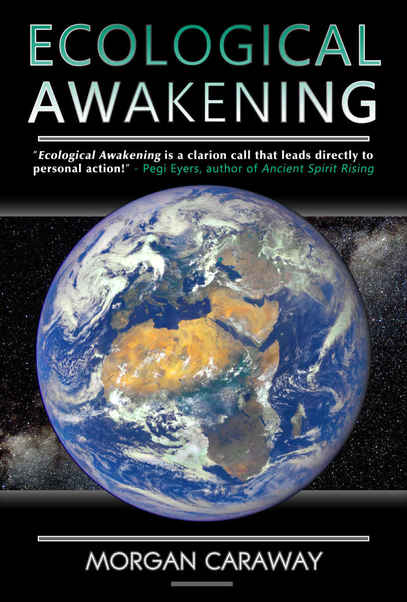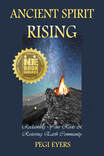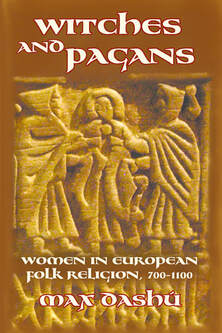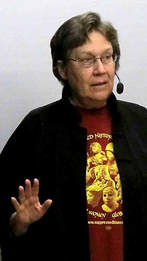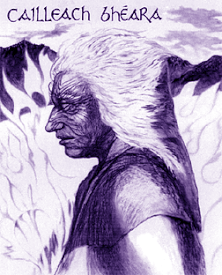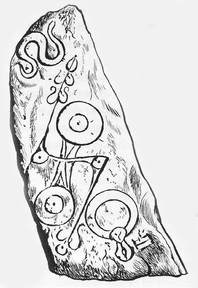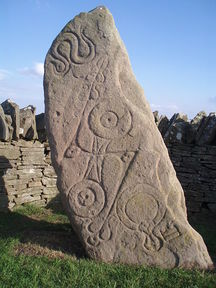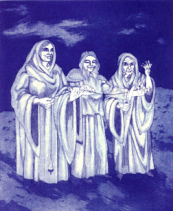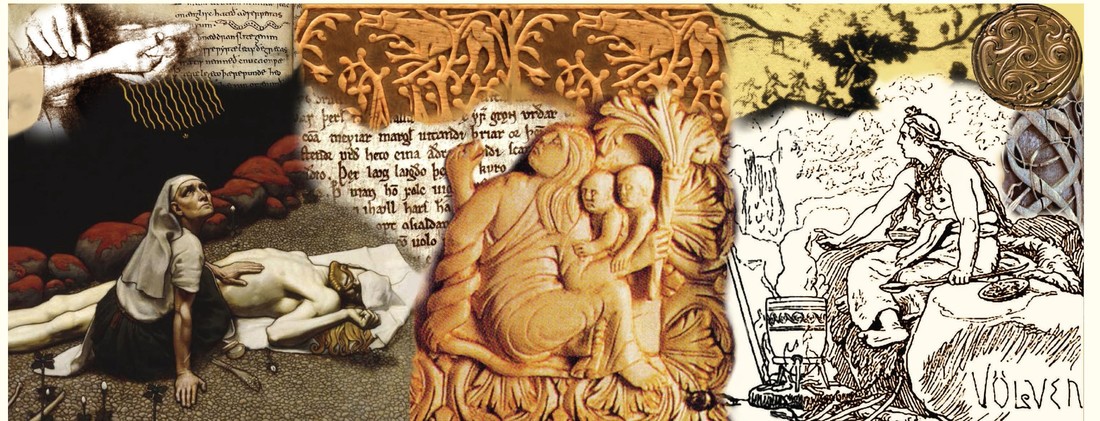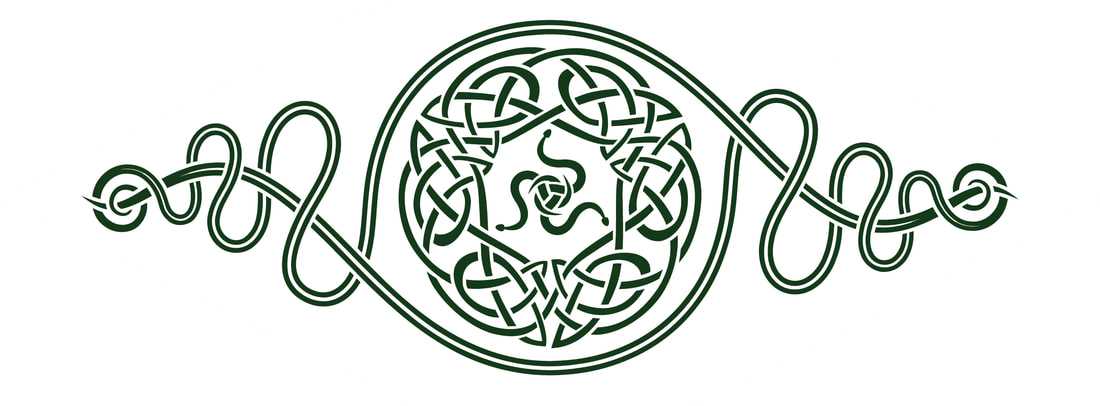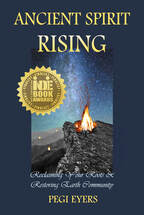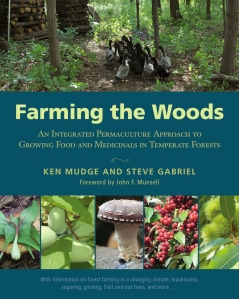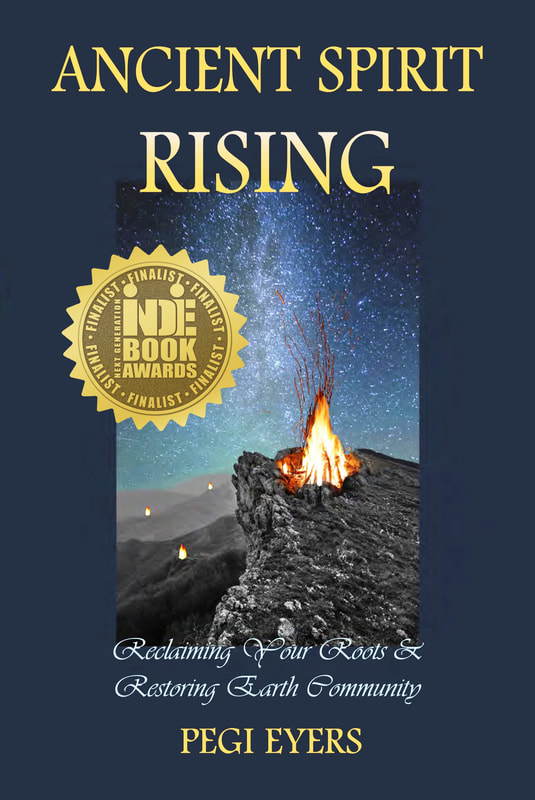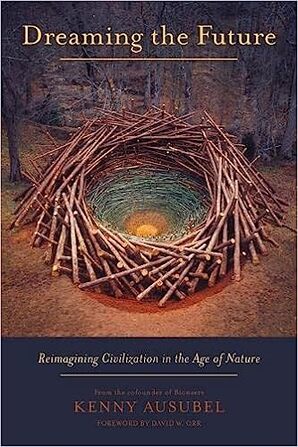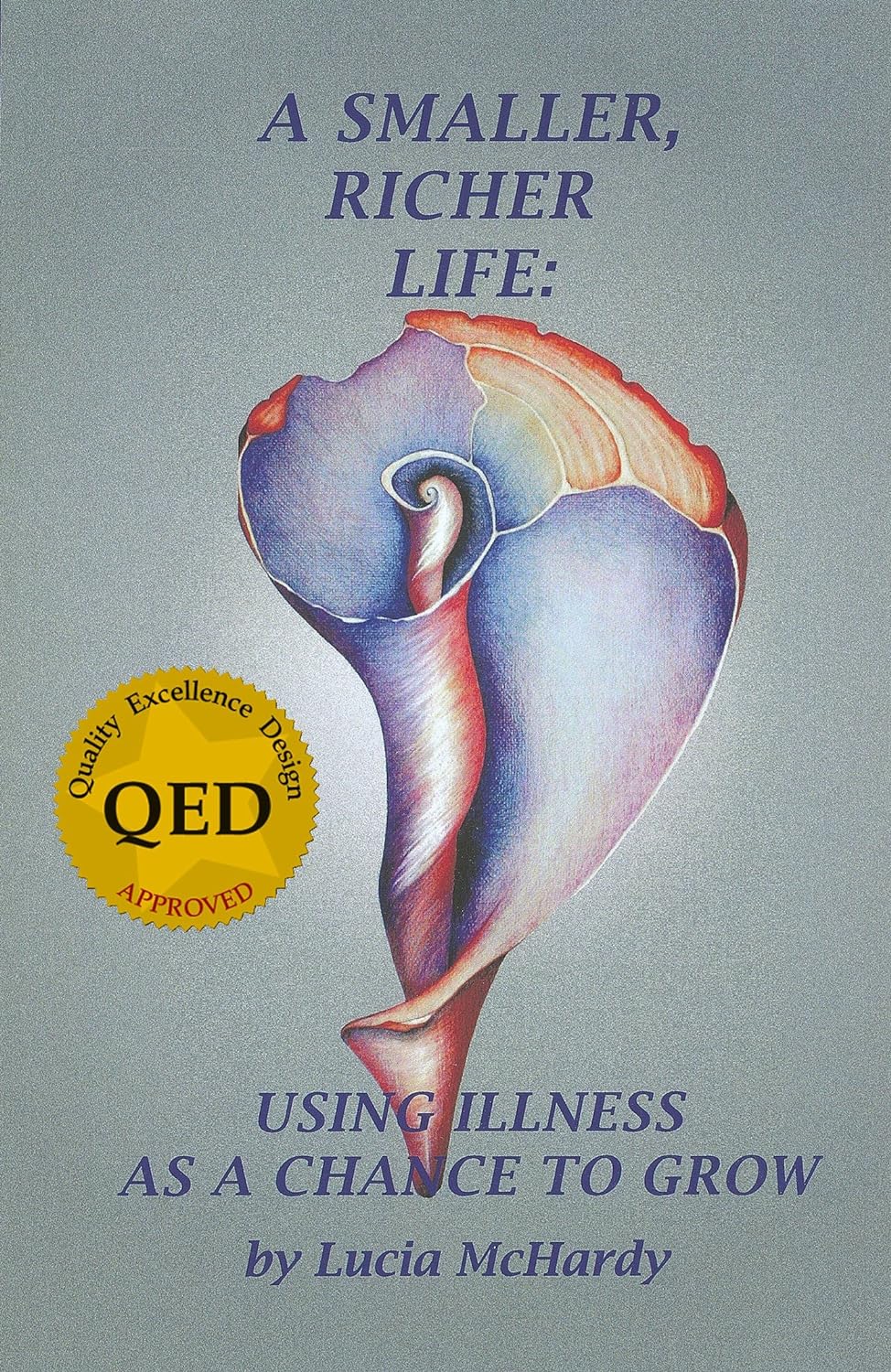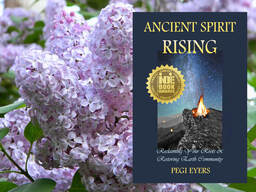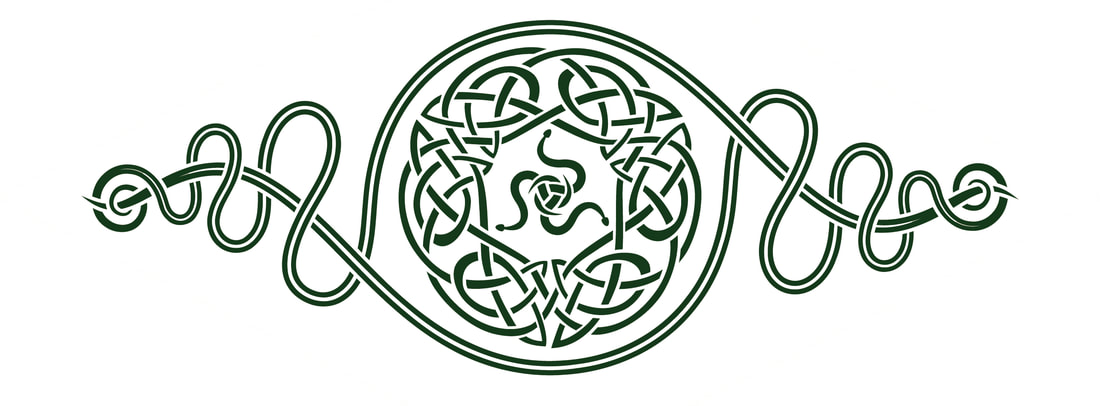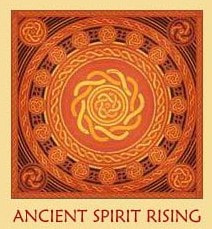Testimonial by Pegi Eyers
Finally – a brilliant work has arrived that will reconfigure the entire ayahuasca industry with its in-depth look at dire colonial realities! Kevin Tucker places Sebastian Woodroffe and the heinous murder of Maestra Olivia Arévalo squarely within an ongoing history of erasure and commodification, and throws the contemporary spiritual seeker experience into question. The Cull of Personality: Ayahuasca, Colonialism, and the Death of a Healer is a synthesis of many powerful truths, and offers an excellent understanding on the far-reaching consequences of our modern yearnings, and what our choices in self-empowerment really mean in terms of impact on Indigenous lands and peoples. For the best thinking in Decolonial Studies today, please read this book!
The Cull of Personality: Ayahuasca, Colonialism and the Death of a Healer is available from Black and Green Press. See Black and Green Press for Primal Anarchy podcast, Wild Resistance Journal, and updates on the work of Kevin Tucker and Natasha Tucker ~ plus ordering and bookstore information.
| Pegi Eyers is the author of Ancient Spirit Rising: Reclaiming Your Roots & Restoring Earth Community, an award-winning book that explores strategies for uncolonization, social justice, ethnocultural identity, building land-emergent community & resilience in times of massive change. Available from Stone Circle Press or Amazon. |
